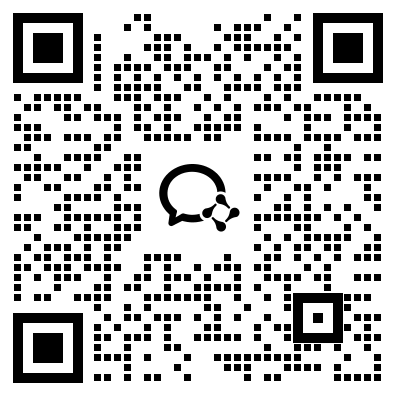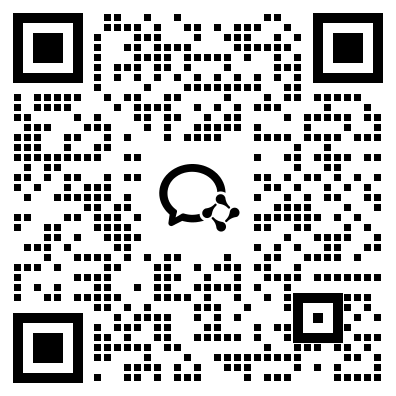Lunar synchrony, geography, and individual clocks shape autumn migration timing in an avian migrant
收藏DataONE2023-12-21 更新2024-06-08 收录
下载链接:
https://search.dataone.org/view/sha256:63e100472babbdab4a9ebab339e6aeedcd2c1c72ff9f358c393b1f69bdbfd82e
下载链接
链接失效反馈资源简介:
Timing programs in animal migrants have been selected to synchronize movements that coincide with predictable resources on the breeding and nonbreeding grounds. Migrants face potential temporal conflicts if their migration schedules benefit from synchrony to conflicting rhythms associated with annual biogeographical (circannual) cues, lunar (circalunar) cues, or individually-repeatable internal clocks. We repeat-tracked individuals of an avian lunaphilic species, Eastern Whip-poor-will (Antrostomus vociferus), for 2â3 successive autumn migrations to determine the influence of the lunar cycle, breeding location, and individual repeatability on migration timing. Almost all birds avoided departing for migration during a full moon, likely to take advantage of the bright moonlight to facilitate visual foraging and enhance pre-migration fattening. However, groups from two latitudinally-distant sampling areas adjusted their autumn departure timing differently relative to the timing of the Sept..., , , # Lunar synchrony, geography, and individual clocks shape autumn migration timing in an avian migrant
* all data are GPS locations and dates used for the investigation of the influence of full moon, sampling location, and individual repeatability on whip-poor-will autumn migration timing
* all data are from adult male whip-poor-wills
* data have been summarized from a more comprehensive GPS tracking dataset; these data have been filtered to include only the necessary data used in analyses
* Antrostomus vociferus is currently listed as \"Near-threatened\" by the IUCN. Therefore, no GPS locations for exact breeding sites are included in the dataset. Locations in the departure dataset are for the first lat/lon recorded after each bird departed its breeding site
* data contact: Alicia Korpach,
**Data file: stopovers_EWPW.csv**
-GPS locations for every stopover site from birds for which we had full migration tracks.
-Includes dates and durations of stopover.
-Only includes stop...
创建时间:
2023-12-22



